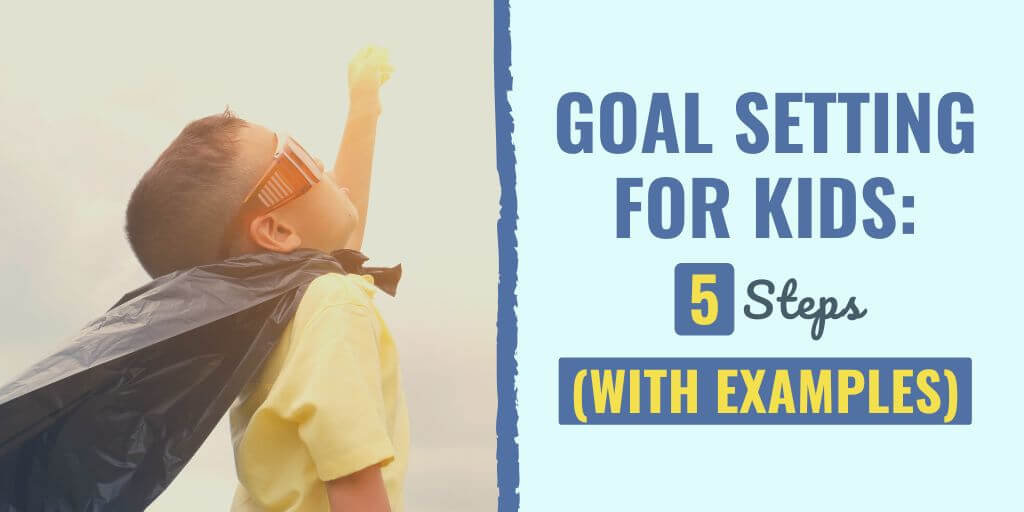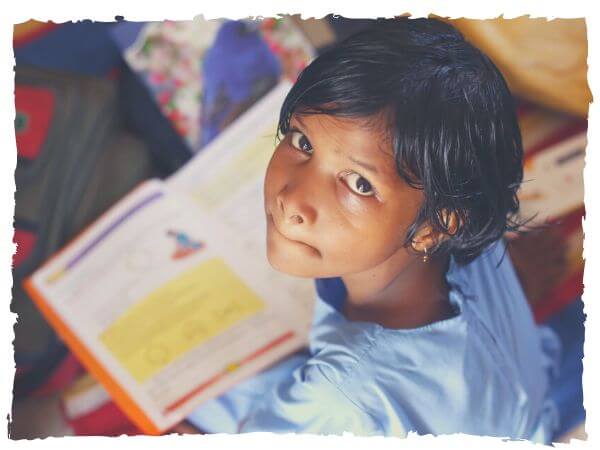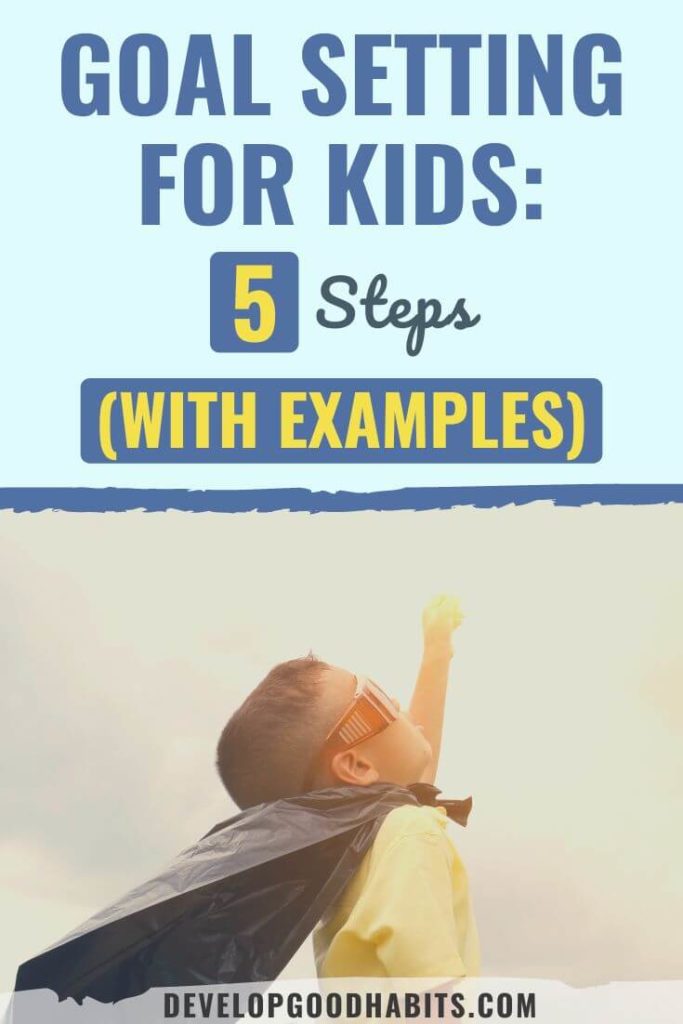There might be affiliate links on this page, which means we get a small commission of anything you buy. As an Amazon Associate we earn from qualifying purchases. Please do your own research before making any online purchase.
If adults have a challenging time setting and achieving goals, can we realistically expect children to have goals?
That question plagued me as my child was growing up fast. Yet, I figured if a goal-setting habit was instilled early on, my daughter would see the benefits and continue to create goals well into her adult life. After all, more than 90% of people don’t achieve the goals they set.
Wondering how goal setting for kids works and what the benefits are for your child? Then you’ve come to the right place! Today, I’m going to share everything you need to know to help your kids set goals.
Why Is It Important to Teach Kids About Goal Setting?
Goal setting for kids is important because it teaches them how to set and achieve realistic goals, as well as foster aspirations, both of which are essential skills everyone needs.
Creating goals helps children develop grit, and it teaches them about responsibility, motivation, and delayed gratification.
By setting goals, your kids learn how to manage time, how to persevere, and the importance of a “can-do” attitude. Every time your child meets a goal, their self-confidence increases.
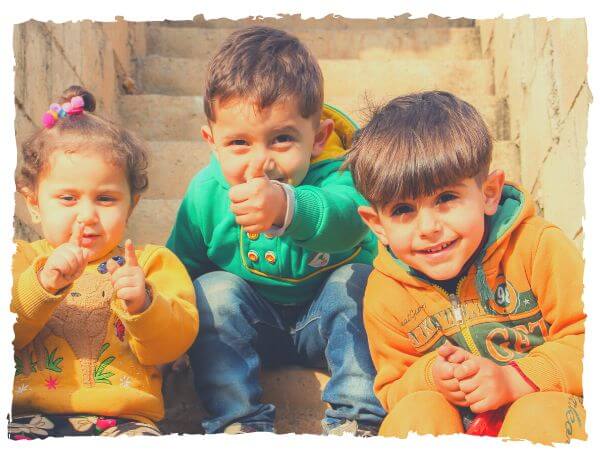
Setting short-term and long-term goals is a healthy habit for kids to practice… and by teaching this early on, your child is more likely to find success. Clearly defined goals, wants, and needs give your child purpose.
Goals will make your child productive, because they are focused and working toward something.
In the process, they make better decisions. Your kid learns to adapt better to rising expectations (especially their own) and new environments as challenges crop up, which also improves their problem-solving ability.
Children become aware of what they can and can’t achieve around the age of four or five; however, there’s research that suggests even infants have these skills too. Thus, if your child believes from a young age that they can do X, but can’t do Y (even if it isn’t true), they might pursue “easier” goals because they can only achieve X. Or, your child might give up on achieving other goals too early.
Expectations of Kids Goals vs Adult Goals
For kids, their goal expectations should be in line with their age or development goals. While for adults, our expectations can be much more involved and challenging because we have more life skills and experience.
Appropriate goals for a child:
Inappropriate goals for a child:
Appropriate goals for an adult
As a parent, remember that the goals you help your child set need to be appropriate for them. Plus, the goal setting habit you teach to your kid isn’t for you; it’s for your child and to help set them up to be successful, responsible, and mature adults.
It is best if the goal is something your child actually wants, rather than something you want (for them, or probably for you, if you are being honest). Forcing your child to live up to impossible expectations or standards is harmful for their mental health and yours too.
There’s a balance to be maintained between helping your child learn about goal setting in a healthy way and managing your expectations. While you’ll have parental expectations, the goals your child sets should be about them (you are merely their guide).
That means remembering that their idea of “big” is very different from yours, but their goal should still be attainable and realistic.
5 Steps to Help Your Child Set and Achieve Their Goals
Here’s a step-by-step guide to help your child create a goal-setting habit:
1. Identify the Goal
The first step is to let your child identify what their goal is. Ideally, it should be something they have a genuine desire to achieve, because this means they are intrinsically motivated, increasing their chances of being successful.
You can give your child examples if they are truly stuck, but it’s better to guide them.
Ask your kid what they want to accomplish. It can be something in the immediate future, something in the (longer) short term, or something long term.
Questions you can ask your child include:
If your child wants to tackle many goals, let them know that’s great, but it’s better to focus on achieving one thing and making a success before moving onto goal #2.
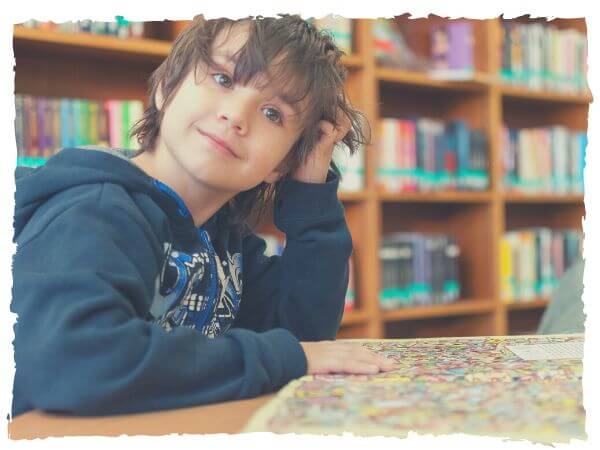
You can also teach your kid about SMART goals: how their goal should be Specific, Measurable, Attainable, Realistic, and Trackable.
Examples of goals your child could set for themselves are:
2. Talk about the Purpose of the Goal
We are more motivated to achieve the goals we set for ourselves when we know why we want to achieve something. To help your child be more motivated, discuss the purpose of the goal they set.
The added benefit of identifying the goal’s purpose is so there’s something to remind your child of why they went after this goal when the going gets tough. It gives them motivation to keep going during challenging times.
When your kid understands the purpose behind their goal, they have a greater “buy-in” and they are more likely to be successful.
You can ask your child:
These questions encourage critical thinking.
Their responses can be that they want to do it for themselves (for self-enhancement or self-improvement), for others, or both.
Various studies like this 2014 one found that students are more successful when they have a self-transcendent purpose. The participants were more likely to persist longer on a boring task than giving into a tempting alternative.
As former president Barack Obama said, “It’s only when you hitch your wagon to something larger than yourself that you realize your true potential and discover the role that you’ll play in writing the next great chapter in the American story.”
Examples of goal purposes:
3. Establish a Time Frame
Once your child knows what their goal is and why they want to achieve it, they can set a time frame for when they want to meet their goal. Help your child decide whether the goal can be met in the immediate future, short-term, or long-term if they need help.
Ensure that it’s a realistic period for meeting the goal, too.
For very young children (ages 3 to 5), the time frame for achieving the goal could be in an hour or at the end of the day, while for slightly older kids (ages 6 to 8), it could be at the end of the week or month.
Once your child experiences the positive results of achieving their goals, they’ll be eager to set more goals and go after more challenging ones too.
For pre-teens, they can plan to achieve a goal in a few months’ time or even a year, and for teens, it can be a few years.
Time frame examples for goals:
4. Make a Game Plan Using a Template or Worksheet
The next step is breaking the goal into actionable and manageable smaller steps (aka a game plan).
Amy Cuddy, a Harvard psychologist, says that one of the biggest reasons people don’t achieve their goals is because they focus on the goal – the outcome – and not on the process – the how (they’ll get there). The process includes those small steps you can manage one at a time to get to the destination, and for every step you overcome, there’s an opportunity to celebrate your success.
It’s ideal for your kid to use a worksheet or template every time they have a new goal and then fill it in so the goal plan is written down. Having a goal plan on paper acts as a reminder, and it also helps keep your child accountable.
Smaller children can consider Goal Ladder or Three Stars and a Wish worksheets for their goals. Here's our roundup of the best goal setting worksheets for kids.
For teens, consider mind maps, vision boards, and goal-setting prompts.
5. Track Progress, Provide Support, and Celebrate
Once your child has started their goal journey, they need to track their progress.
You can put their goal plan on the fridge, by their study desk, or somewhere in the house so there’s a visual reminder. Or use one of these tracking printables.
Older children can keep track of their goals by using goal-tracking apps like ClickUp, Strides, Weekdone, Way of Life, and GoalsOnTrack.
Let your child tick off every milestone they reach, and help them celebrate.
Support them when they need it – encourage them to remember why they chose the goal and cheer them on.
What Do I Do If My Child Wants to Give Up?
When your child wants to give up (because it’s too challenging, they are bored, or they want to go after a different goal), you can:
Final Thoughts on Goal Setting for Kids
Goal setting for kids is a vital skill they can learn and master when they are young. There is no such thing as “too young” when it comes to reaching for something you want.
Teaching your child this skill at an early age will make creating goals as adults seem like second nature to them. Plus, your child will have developed the skills they need to persevere and go after what they want in life… with a much higher chance of being successful.
Have I inspired you to want to set some goals for yourself? After all, your child learns best when they can learn from you. If so, here’s our list of 22 goal ideas to have a great year!

